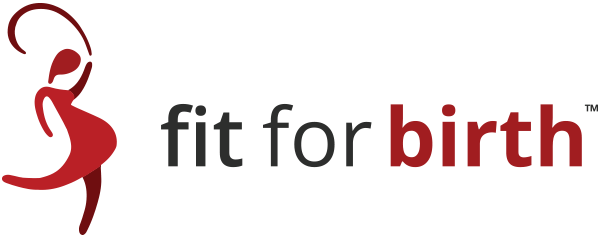On December 20, 2013, freelance writer, Megan Senger, interviewed CEO and Founder of Fit For Birth, Inc., James Goodlatte, for an article that would be published in the May issue of IDEA Fitness Journal, Volume 11, Number 5. James was one of several industry experts interviewed for the article titled “Functional Fitness for Pregnancy.” His progressive and unique views helped shape the article, particularly concerning exercise selection and objectives. His views also gave a unique perspective on what it means to select exercises based upon Trimesters. What follows are the transcripts of the complete interview…
Background by Megan Senger:
This article will discuss functional fitness as it relates to the different stages/trimesters of pregnancy. Note that this article is NOT a review of exercise guidelines during pregnancy, cardiovascular or nutrition concerns, or general tips about working with pregnant clients. Instead, it will focus exclusively on functional fitness for activities of daily living during pregnancy, i.e. what exercises should a pregnant client perform during her 1st, 2nd, and 3rd trimester so she can comfortably perform ADLs during her pregnancy, prepare for the birth experience (“fit for birth”), and her immediately post-partum ADLs (e.g. sitting in a chair nursing/feeding her baby for hours, etc).
1. In general, how does “functional fitness for activities of daily living” during pregnancy contrast with functional fitness for a non-pregnant person? i.e. does a “functional fitness” routine for a pregnant person contain the same exercises as for a non-pregnant client, but modified? Or should a pregnant client be performing slightly different exercises? What should be the focus here?
In general, I like to say that there is not a significant difference between “functional fitness for activities of daily living” during pregnancy compared to a non- pregnant person. Of course, some modification of exercises must be considered as a woman’s belly grows, for example the increasing need for her to avoid lying prone. And also the “laxity” factor, and the potential for hyper mobility and joint subluxation, etc.
I teach that the focus for a pre natal fitness professional should be on achieving proper muscle balance and muscle activation as quickly as possible for the pregnant client. This objective can be split into two basic objectives:
1) activate those muscles that are under-activated;
2) stop activating those muscles that are over-activated.
The reality is that nearly every pregnant woman that comes through your doors will be a product of modern society, complete with chair-sitting, wall-leaning, and various stress-patterns. Structuring exercises based on trimesters is not as important as structuring exercises based on her current level of dysfunction. Pregnant women need three major activations: core loading (synergy of the diaphragm, pelvic floor, TVA/lower abs), hip loading (glutes), scapular loading (rhomboidal, mid-lower traps).
In addition, it is usually more important to consider HOW the exercise is performed than WHAT exercise is chosen. For example, allowing a pregnant mama to deadlift with her TVA and Pelvic Floor under-activated or with her quads over-activated is exactly how well-meaning functional trainers further a woman’s dysfunction even while seemingly choosing “functional” exercises.
Read more from the interview here:
Question 2 of 7: Top Functional Exercises During Each Trimester
Question 3 of 7: Pregnancy Myths
Question 4 of 7: Considerations for Training Pregnant Clients with Physical Jobs
Question 5 of 7: Labor Training
Question 6 of 7: Physiological Aspect to Training Pregnant Clients
Question 7 of 7: Additional Advice
James Goodlatte is a Pre & Post Natal Holistic Health Coach whose passion is to heal families by inspiring the use of natural methods and by building a global team of fitness & health professionals to reduce infertility, avoid mechanized childbirth, and lower chronic disease in our infants. As the founder of Fit For Birth, Inc., he is a driving force for providing Continuing Education Credits for the Pre and Post Natal World. As a writer, his articles have been published in a dozen languages and have inspired contact from Pre & Post Natal women as well as health professionals in over 150 countries.
